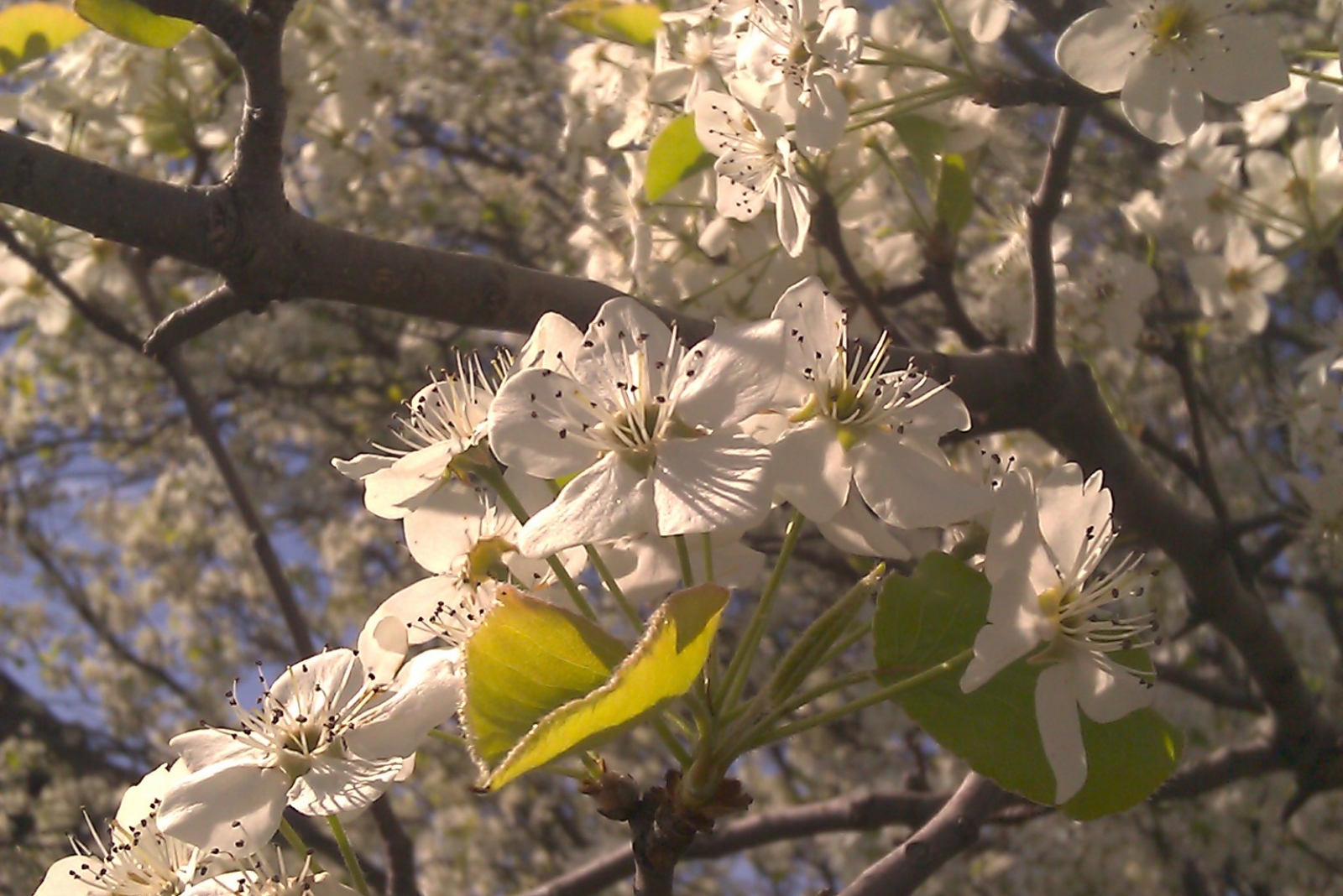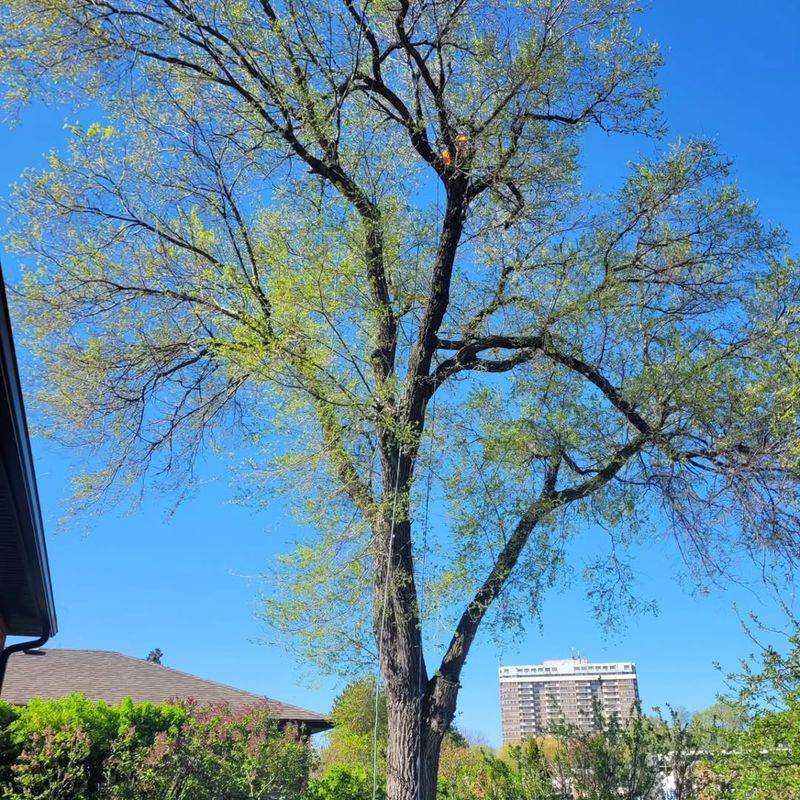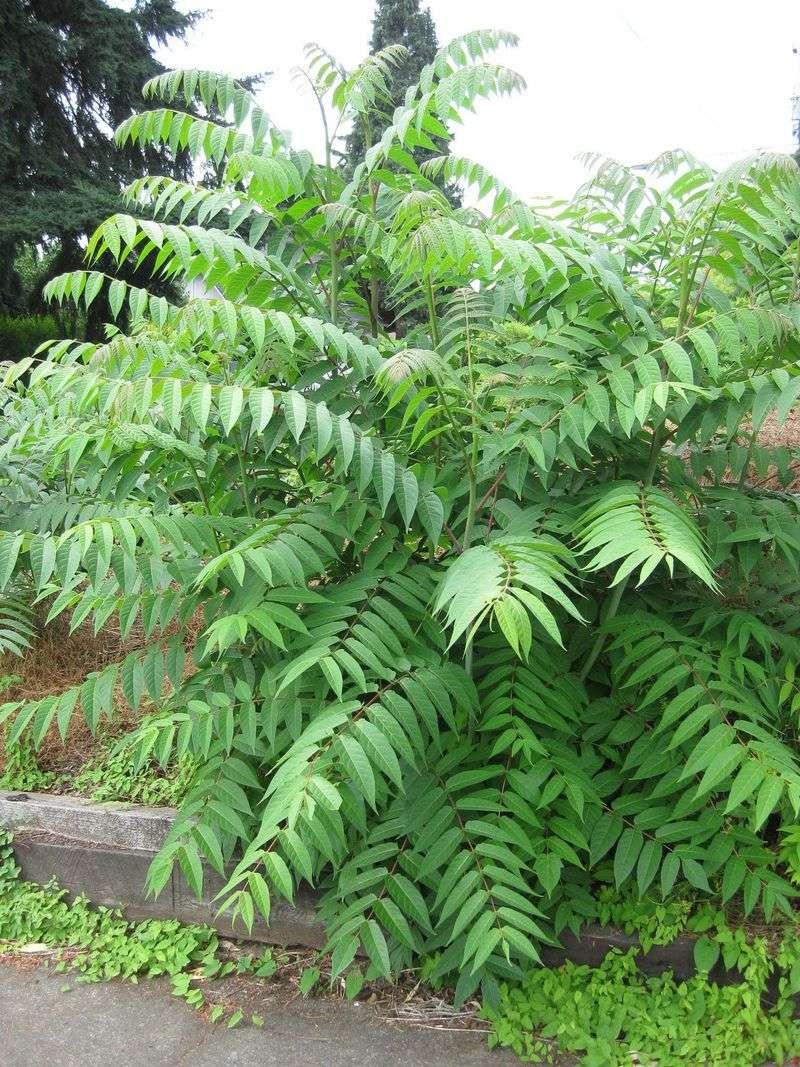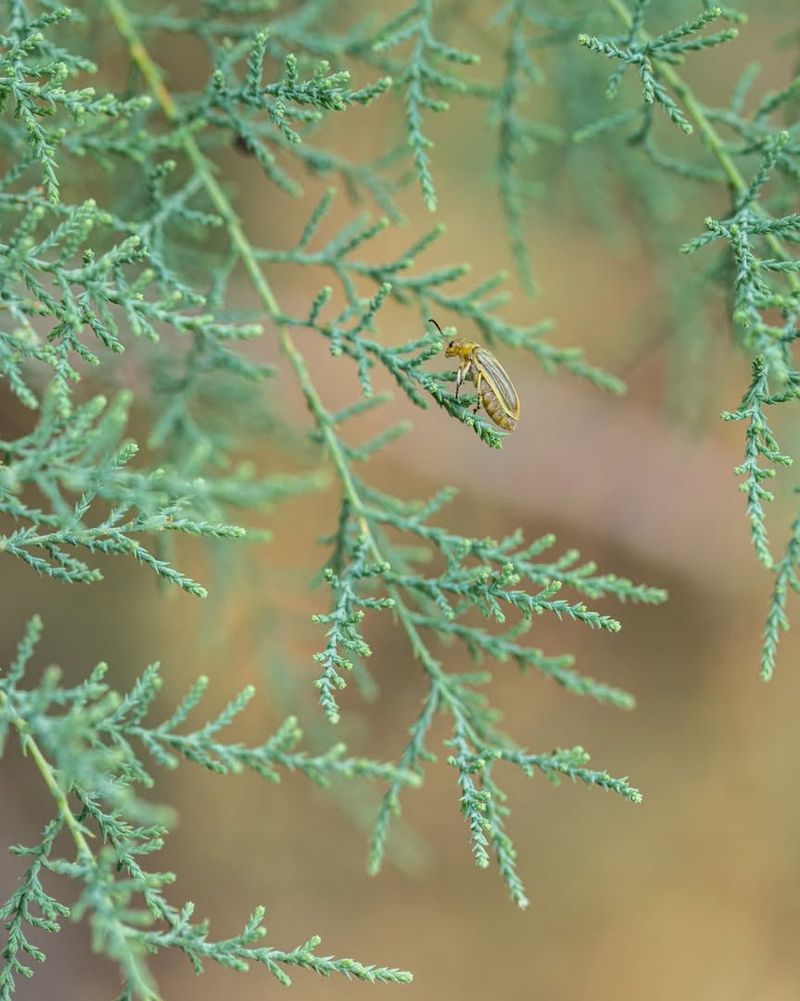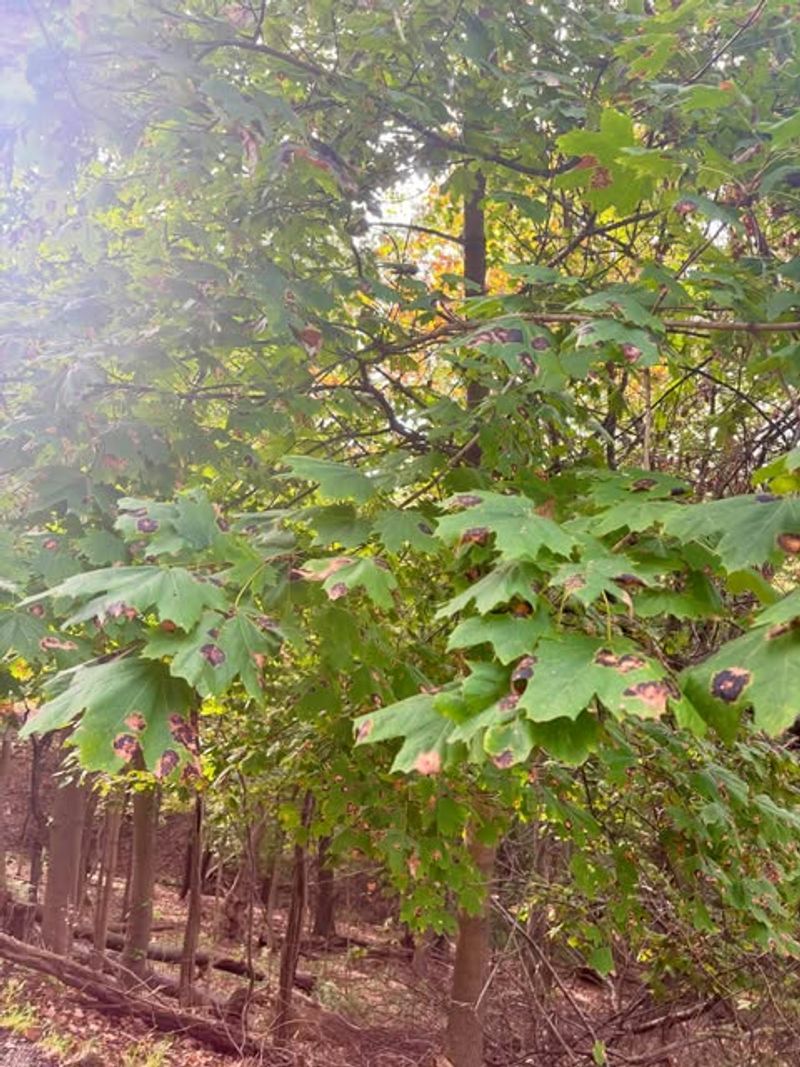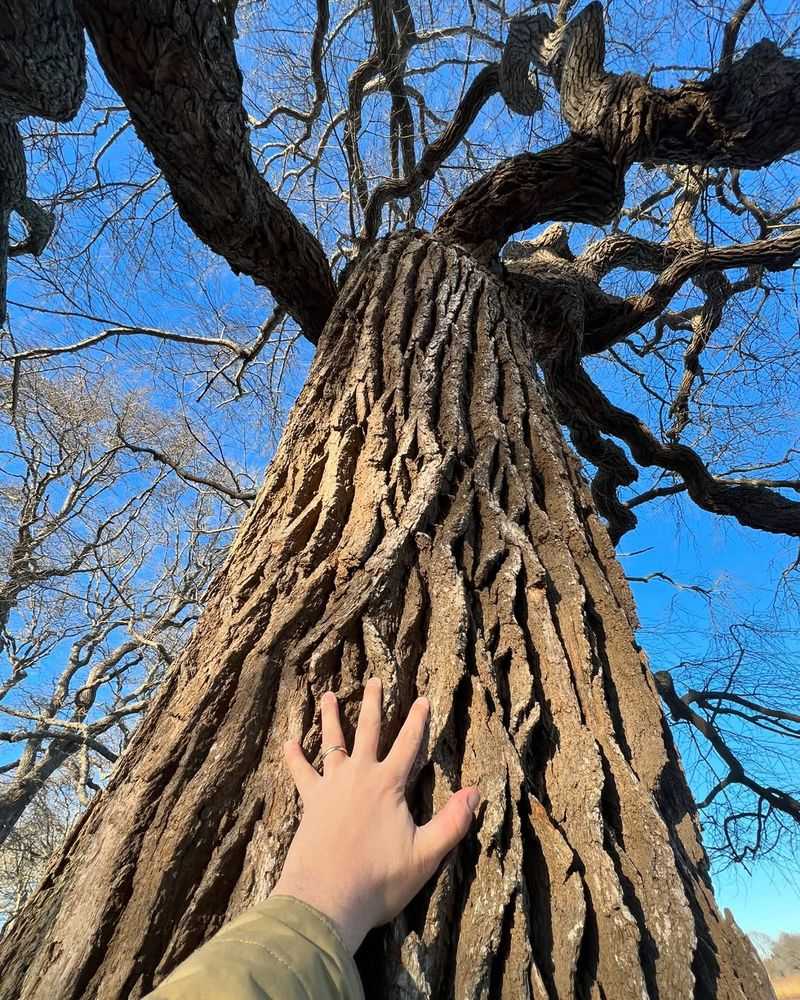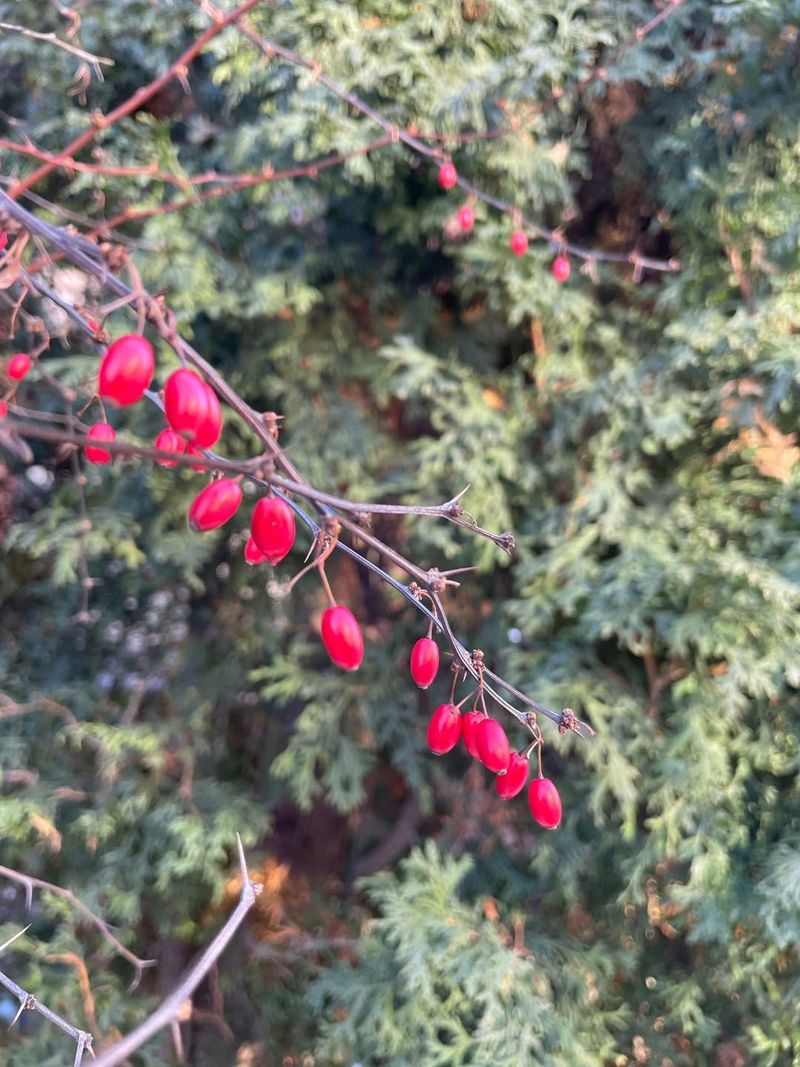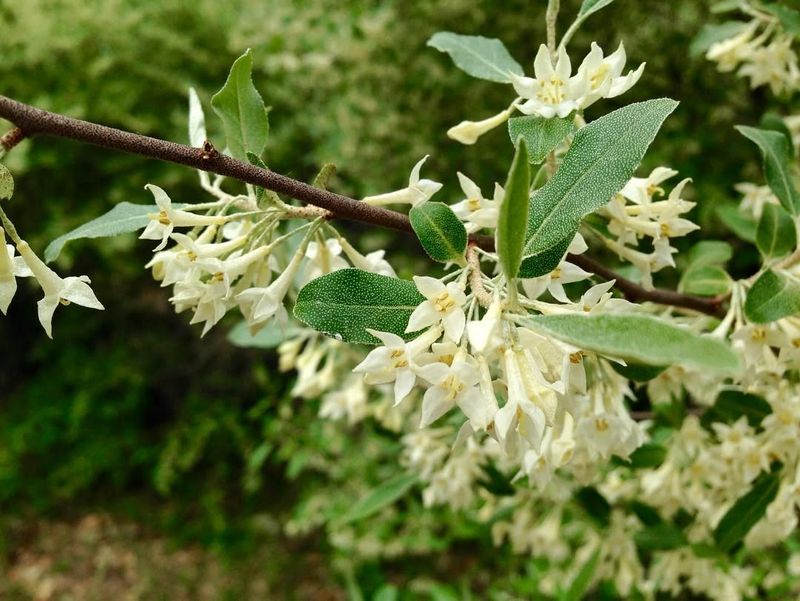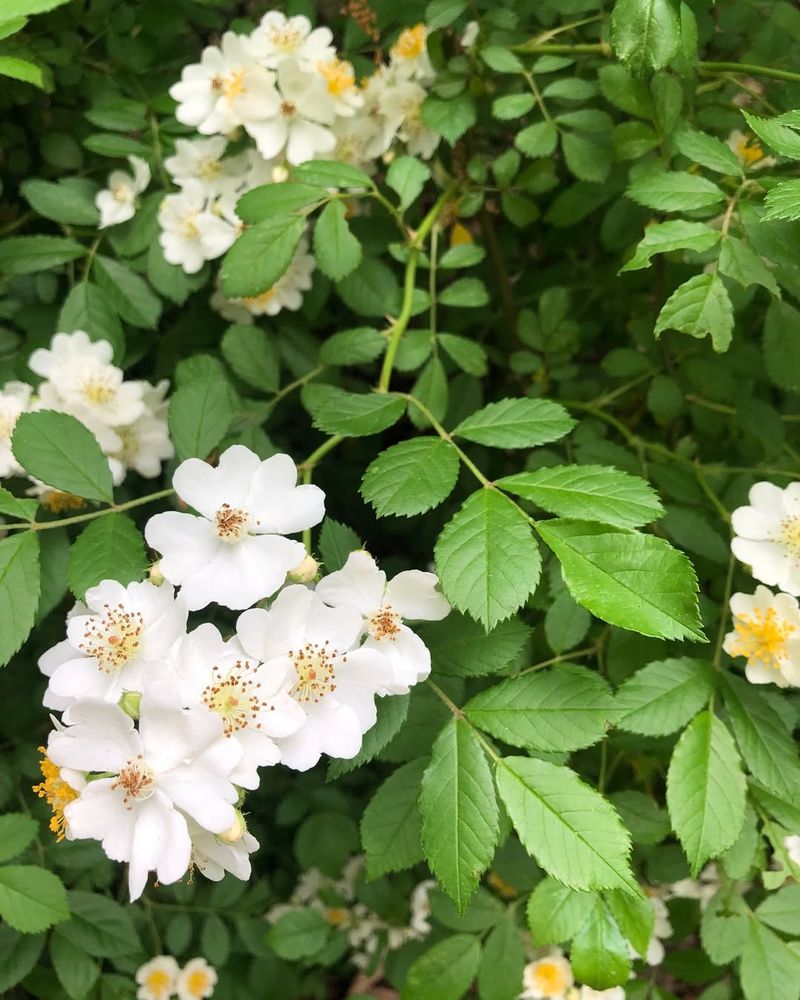Living in Colorado means following some pretty strict rules about what you can plant in your yard.
Some trees might look beautiful, but they can actually cause big problems for the environment and your neighborhood.
If you have certain banned trees on your property, you could face hefty fines or even legal action from local authorities.
Understanding which trees are prohibited helps you keep your yard legal and protects Colorado’s natural ecosystem.
1. Siberian Elm
Siberian elms spread like wildfire across Colorado communities, pushing out native plants and causing headaches for property owners everywhere.
Originally brought to America as a fast-growing shade tree, this invasive species turned into an environmental nightmare.
Its seeds scatter by the thousands, sprouting in sidewalk cracks, gutters, and anywhere they can find a foothold.
Many Colorado cities have banned homeowners from keeping these trees because they damage water lines and foundations with their aggressive root systems.
The wood is weak and brittle, meaning branches snap easily during storms and create safety hazards.
If you have one on your property, local ordinances typically require you to remove it within a specific timeframe.
Fines for keeping a Siberian elm can range from a few hundred to several thousand dollars, depending on your municipality.
Removal costs money upfront, but it protects your home from future damage and keeps you compliant with local laws.
Replacing it with a native Colorado species like a blue spruce or aspen benefits both your property value and the local environment.
2. Russian Olive
With its silvery leaves and fragrant yellow flowers, the Russian olive might seem like an attractive landscaping choice at first glance.
However, this deceptive beauty masks a serious environmental threat that has earned it a spot on Colorado’s prohibited tree list.
Russian olives consume massive amounts of water, which is particularly problematic in our already-dry climate.
Along rivers and streams, these trees form dense thickets that choke out cottonwoods and willows that wildlife depends on for survival.
Birds and mammals lose critical habitat when Russian olives take over.
The thorny branches make recreational areas dangerous for hikers and anglers trying to enjoy Colorado’s natural spaces.
State regulations now classify Russian olive as a noxious weed, meaning property owners must remove existing trees and prevent new growth.
Ignoring removal orders can result in fines starting at $500 and increasing with each violation.
Local governments may even remove the trees themselves and bill you for the work, which typically costs much more than hiring your own contractor to handle the job properly.
3. Tree Of Heaven
Despite its heavenly name, this tree creates hell for Colorado homeowners and ecosystems alike.
Tree of Heaven grows incredibly fast, sometimes shooting up several feet in a single season, which initially made it popular for quick shade.
But that rapid growth comes with serious consequences that have landed it on banned tree lists across the state.
The tree produces chemicals that poison the soil around it, preventing other plants from growing and creating barren zones in your yard.
Its roots crack sidewalks and driveways, while the branches are weak and prone to breaking.
Even worse, cutting one down triggers the root system to send up dozens of new shoots, making removal a persistent challenge.
Many Colorado counties impose mandatory removal requirements with fines reaching $1,000 or more for non-compliance.
The tree also serves as the primary host for the spotted lanternfly, an invasive pest that threatens agriculture.
Professional removal is essential because improper cutting just makes the problem worse.
Your local extension office can recommend certified arborists who know the proper techniques for eliminating Tree of Heaven permanently from your property.
4. Salt Cedar (Tamarisk)
Salt cedar earned its nickname by literally salting the earth beneath its branches, creating conditions where nothing else can grow.
Each tree guzzles up to 200 gallons of water daily, draining rivers and streams that Colorado communities desperately need.
Wildlife populations plummet when tamarisk takes over because native animals cannot use it for food or shelter.
Along the Colorado River and its tributaries, massive tamarisk infestations have transformed once-diverse riparian zones into biological deserts.
The feathery pink flowers might look pretty, but they signal environmental devastation happening beneath the surface.
Root systems extend deep into the ground, making removal extremely difficult without professional equipment.
Colorado law requires property owners to eradicate salt cedar and prevent its spread to neighboring lands.
Fines escalate quickly for homeowners who ignore removal notices, sometimes reaching thousands of dollars per tree.
Some counties offer cost-share programs to help with removal expenses since controlling tamarisk benefits entire watersheds.
Replacing removed salt cedars with native willows or cottonwoods helps restore habitat and reduces your water consumption, which can lower utility bills while keeping you on the right side of environmental regulations.
5. Norway Maple
Norway maples create such dense shade that nothing grows beneath them, turning your yard into a barren, lifeless space.
Homeowners who planted these trees decades ago thought they were getting a hardy, attractive shade tree similar to native maples.
Instead, they got an aggressive invader that drops thousands of helicopter seeds each fall, sprouting new trees throughout the neighborhood.
The thick canopy blocks sunlight so completely that grass withers, leaving bare dirt that erodes during rainstorms.
Surface roots make mowing difficult and create tripping hazards on sidewalks.
Several Colorado municipalities have added Norway maples to their prohibited tree lists after watching them escape from yards into parks and natural areas.
Removal requirements vary by location, but many cities now prohibit planting new Norway maples and require removal of existing ones within certain timeframes.
Fines for keeping banned Norway maples range from $250 to over $1,000 depending on tree size and location.
The shallow root system makes these trees relatively easy to remove compared to other invasives.
Consider replacing yours with a native Rocky Mountain maple or bigtooth maple, which provide beautiful fall color without destroying your lawn or invading wild spaces beyond your property line.
6. Crack Willow
Crack willows get their name from branches that snap off with alarming ease, littering yards and waterways with debris after every windstorm.
Each broken branch that lands in water can sprout roots and grow into a new tree, allowing crack willows to spread rapidly along Colorado’s rivers and streams.
What begins as one tree quickly becomes a tangled mess blocking water flow and increasing flood risks.
Property owners near waterways face the biggest problems with crack willows, as the trees destabilize stream banks and increase erosion.
The aggressive root systems damage underground utilities and septic systems.
Dense thickets prevent access to fishing spots and make river maintenance nearly impossible for water districts.
Many Colorado water conservancy districts have regulations requiring crack willow removal, with fines imposed on property owners who fail to comply.
Penalties often start around $500 but can increase significantly if the trees cause flooding or damage to neighboring properties.
Professional removal is strongly recommended because improper cutting just creates more trees from the fragments.
Native willows like peachleaf willow or Geyer willow make excellent replacements, providing similar aesthetics and erosion control without the invasive behavior that lands homeowners in legal trouble with local authorities.
7. Common Buckthorn
Birds love the berries on common buckthorn, which sounds like a good thing until you realize those birds spread thousands of seeds across your neighborhood.
Each seed germinates easily, creating dense thickets that crowd out native shrubs and wildflowers.
The plant tolerates shade better than most natives, allowing it to invade forests and parks where it destroys habitat diversity.
Buckthorn leaves emerge early in spring and stay green late into fall, giving it a competitive advantage over native plants.
The shrub also alters soil chemistry, making conditions less favorable for other species.
Many Colorado open space programs spend thousands removing buckthorn that spreads from nearby residential properties.
Local ordinances increasingly require homeowners to remove buckthorn and prevent its spread beyond property boundaries.
Fines vary by jurisdiction but typically start around $200 per violation, with additional penalties if you fail to act after receiving notice.
Small plants pull out easily when soil is moist, but larger specimens require cutting and stump treatment to prevent resprouting.
Native alternatives like chokecherry or serviceberry provide food for wildlife without the invasive tendencies.
Staying on top of buckthorn removal protects your wallet from fines while helping preserve Colorado’s natural plant communities for future generations to enjoy.
8. Bradford Pear
Bradford pears explode in a spectacular display of white flowers each spring, making them seem like perfect ornamental trees.
Beneath that beauty lurks structural weakness that causes mature trees to split apart catastrophically, often destroying cars, homes, and power lines.
The narrow branch angles create weak joints that cannot support the tree’s own weight, especially under snow load common in Colorado.
Beyond safety concerns, Bradford pears have escaped cultivation and invaded natural areas throughout the state.
They crossbreed with other pear varieties to produce thorny, aggressive offspring that form impenetrable thickets in forests and meadows.
The trees also emit an unpleasant odor during blooming that many people compare to rotting fish.
Several Colorado cities have banned new Bradford pear plantings and encourage removal of existing specimens.
While not all municipalities impose fines yet, liability concerns should motivate removal since falling branches can cause serious injuries and property damage.
Insurance companies may even deny claims if damage comes from a tree known to be structurally unsound.
Replacement options like serviceberry or hawthorn provide similar spring flowers with much better branch structure and native wildlife value, keeping your property both beautiful and legally compliant with emerging tree regulations.
9. Japanese Barberry
Landscapers once recommended Japanese barberry for its colorful foliage and deer resistance, but those traits come with serious environmental costs.
The thorny branches create perfect habitat for ticks, including species that carry Lyme disease and other illnesses dangerous to humans and pets.
Studies show tick populations are significantly higher in areas with Japanese barberry compared to native shrub habitats.
The plant spreads aggressively through bird-dispersed seeds, invading forests and crowding out native wildflowers that provide better wildlife value.
Dense barberry thickets alter soil conditions and create monocultures that support far fewer insect and bird species.
Colorado natural areas spend significant resources controlling barberry that spreads from residential landscapes.
Growing awareness of barberry’s problems has led several Colorado counties to add it to noxious weed lists requiring removal.
Fines for maintaining prohibited barberry typically start around $300 and increase with repeat violations.
The thorny nature makes removal unpleasant, so thick gloves and long sleeves are essential protective gear.
Native alternatives like currant or mountain mahogany provide similar size and structure without health risks or invasive tendencies.
Removing Japanese barberry reduces tick habitat around your home, protects native ecosystems, and keeps you compliant with increasingly strict landscaping regulations across Colorado communities.
10. Autumn Olive
Autumn olive produces abundant red berries that seem like they would benefit wildlife, but the plant’s aggressive growth actually harms ecosystems more than it helps.
Originally promoted for erosion control and wildlife food, autumn olive quickly escapes cultivation and forms dense stands that exclude native plants.
Each shrub produces thousands of berries containing seeds that remain viable in soil for years.
The plant fixes nitrogen in soil, which sounds beneficial but actually gives it an unfair advantage over native species adapted to Colorado’s naturally low-nitrogen soils.
Changed soil chemistry favors other invasive species, creating cascading problems for natural areas.
Autumn olive tolerates poor soil, drought, and various light conditions, making it nearly impossible to control once established.
Colorado regulations increasingly classify autumn olive as a prohibited species requiring removal from private property.
Fines for non-compliance range from $200 to $750 depending on the extent of infestation and local ordinances.
Cutting alone does not work because stumps resprout vigorously, requiring herbicide treatment for effective control.
Native alternatives like chokecherry or elderberry provide superior wildlife value without invasive behavior.
Removing autumn olive from your property protects natural areas, maintains compliance with weed management laws, and actually improves habitat quality for the native birds and mammals that make Colorado special.
11. Multiflora Rose
Multiflora rose forms impenetrable thickets armed with curved thorns that tear clothing and skin, making infested areas completely inaccessible.
Government agencies once distributed this plant for living fences and erosion control, but those good intentions created an invasive nightmare across Colorado.
Single plants expand into massive tangles covering thousands of square feet, overwhelming pastures, forests, and yards.
Each rose hip contains multiple seeds that pass through birds and mammals intact, spreading the plant far and wide.
The arching canes root wherever they touch ground, allowing multiflora rose to spread vegetatively as well as by seed.
Cattle and horses avoid areas with multiflora rose, reducing usable pasture and lowering property values for agricultural land.
Colorado noxious weed regulations require property owners to control multiflora rose and prevent seed production.
Fines escalate quickly for landowners who ignore control orders, sometimes reaching several thousand dollars for large infestations.
Removal requires persistence because roots resprout after cutting, and buried seeds germinate for years after initial control efforts.
Herbicide application during active growth provides the most effective control.
Native roses like Woods’ rose offer similar flowers without aggressive growth, keeping your property both attractive and compliant with state weed management requirements that protect both private and public lands.

